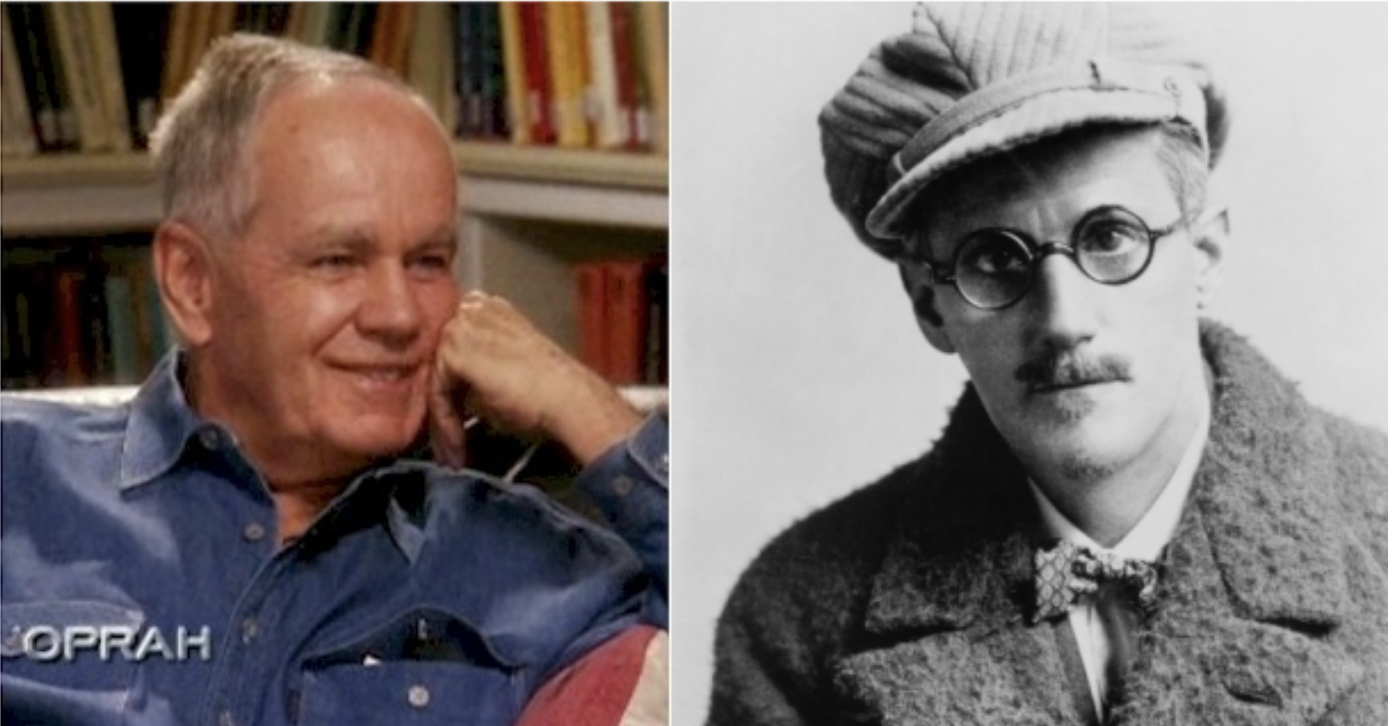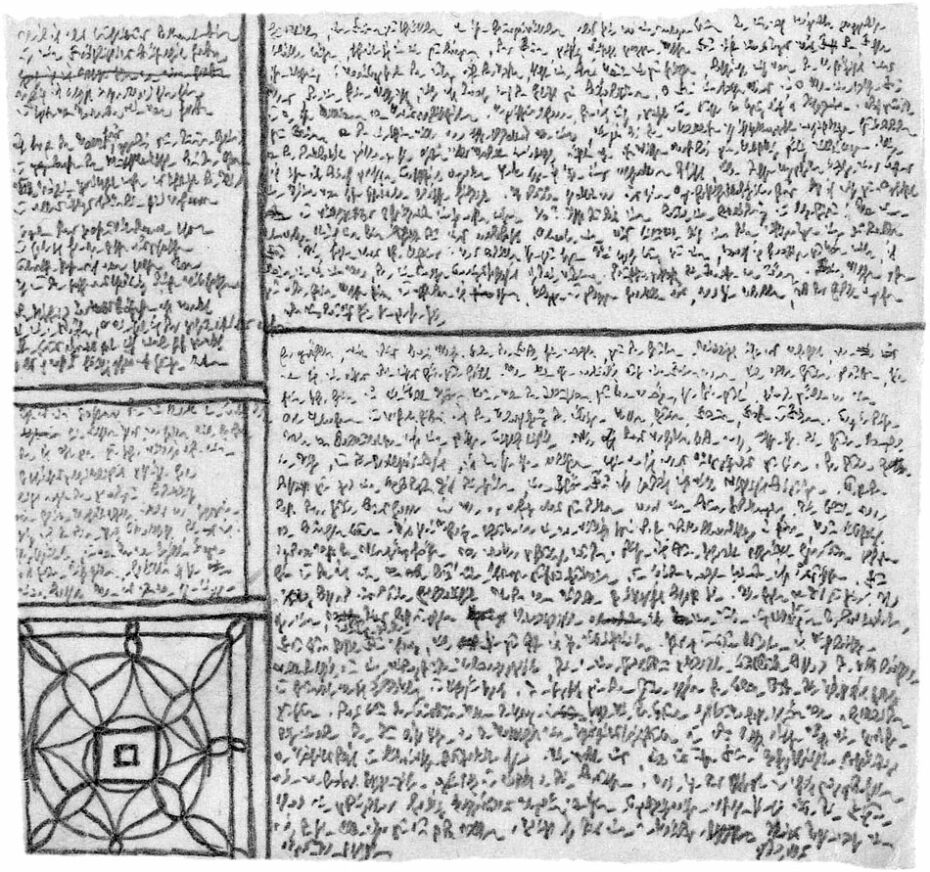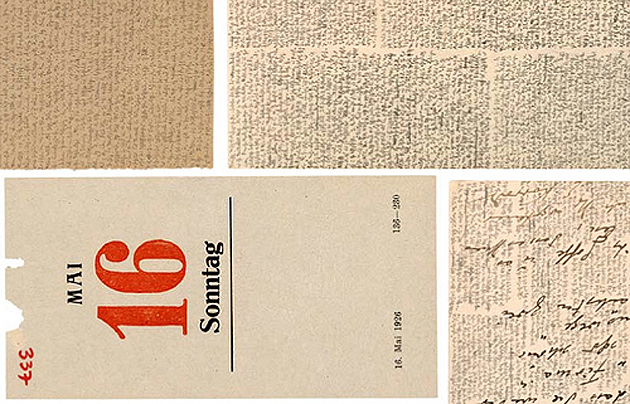Here in the twenty-twenties, a hopeful young novelist might choose to enroll in one of a host of post-graduate programs, and — with luck — there find a willing and able mentor. Back in the nineteen-thirties, things worked a bit differently. “In the spring of 1934, an aspiring writer named Arnold Samuelson hitchhiked from Minnesota to Florida to see if he could land a meeting with his favorite author,” says Nicole Bianchi, narrator of the InkWell Media video above. “The writer he had picked to be his mentor? Ernest Hemingway.”
What Hemingway offered Samuelson was something more than a literary mentorship. “This young man had one other obsession,” Hemingway writes in a 1935 Esquire piece. “He had always wanted to go to sea.” And so “we gave him a job as a night watchman on the boat which furnished him a place to sleep and work and gave him two or three hours’ work each day at cleaning up and a half of each day free to do his writing.” To Hemingway’s irritation, Samuelson proved not just a clumsy hand on the Pilar, but a fount of questions about how to craft literature — something Hemingway gives the impression of considering easier done than said.
Nevertheless, in the Esquire piece, Hemingway condenses this long back-and-forth with Samuelson into a dialogue containing lessons that “would have been worth fifty cents to him when he was twenty-one.” He first declares that “good writing is true writing,” and that such truth depends on the writer’s conscientiousness and knowledge of life. As for the value of imagination, “the more he learns from experience the more truly he can imagine.” But even the most world-weary novelist must “convey everything, every sensation, sight, feeling, place and emotion to the reader,” and that requires round after round of revision, so you might as well do the first draft in pencil.
As far as the writing itself, Hemingway recommends reading over at least your last two or three chapters at the start of each day, and repeats his well-known dictum always to leave a little water in the well at the end so that “your subconscious will work on it all the time.” But all will be for naught if you haven’t read enough great books so as to “write what hasn’t been written before or beat dead men at what they have done.” Don’t compete with living writers, whom Hemingway saw as propped up by “critics who always need a genius of the season, someone they understand completely and feel safe in praising, but when these fabricated geniuses are dead they will not exist.”
The video focuses on a series of mental exercises Hemingway explains to Samuelson. Recall an exciting experience, such as that of catching a fish, and “find what gave you the emotion, what the action was that gave you the excitement. Then write it down making it clear so the reader will see it too and have the same feeling you had.” Remember conflicts and try to understand all the points of view: “If I bawl you out try to figure out what I’m thinking about as well as how you feel about it. If Carlos curses Juan think what both their sides of it are. Don’t just think who is right.” When other people talk, “listen completely. Don’t be thinking what you’re going to say.”
Underlying this characteristically straightforward advice is the commandment to find ways out of your own head and into the perspective of the rest of humanity. The necessary habits of observation can be cultivated anywhere: at sea, yes, but also in the city, where you can “stand outside the theatre and see how people differ in the way they get out of taxis or motor cars.” In the event, Samuelson never did become a novelist, though he did write a memoir about his year under Hemingway’s tutelage. Whatever the experience taught Samuelson, it brought Hemingway to a resolution of his own: “If any more aspirant writers come on board the Pilar let them be females, let them be very beautiful and let them bring champagne.”
Related content:
7 Tips From Ernest Hemingway on How to Write Fiction
The (Urban) Legend of Ernest Hemingway’s Six-Word Story: “For sale, Baby shoes, Never worn”
Ernest Hemingway Creates a Reading List for a Young Writer (1934)
Based in Seoul, Colin Marshall writes and broadcasts on cities, language, and culture. His projects include the Substack newsletter Books on Cities, the book The Stateless City: a Walk through 21st-Century Los Angeles and the video series The City in Cinema. Follow him on Twitter at @colinmarshall or on Facebook.




